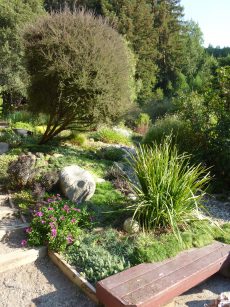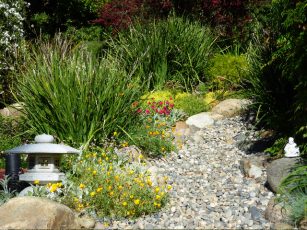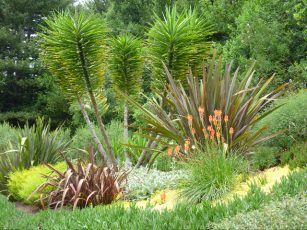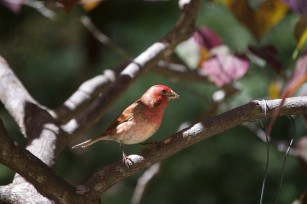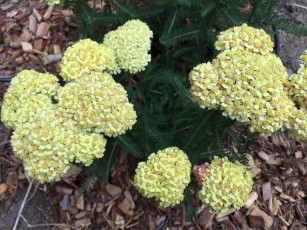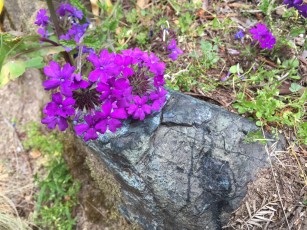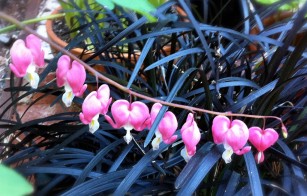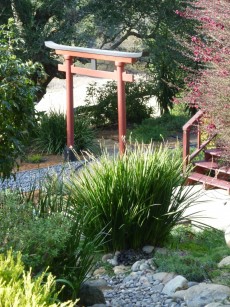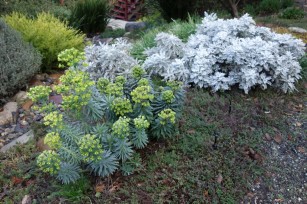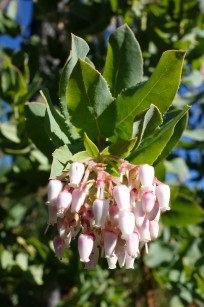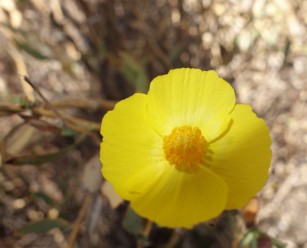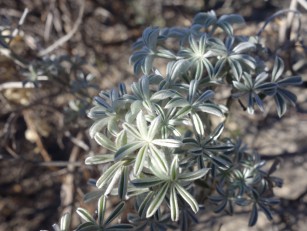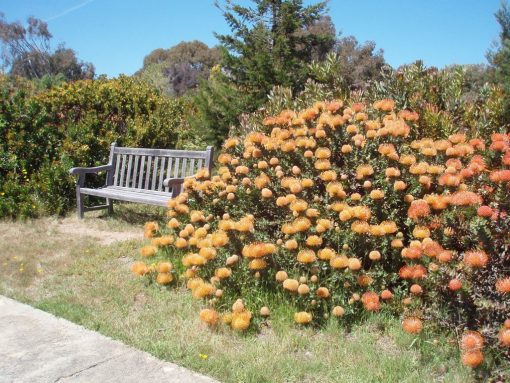
Water is our most precious resource. One of the Apollo 11 astronauts recently said that the look back from the moon at our planet and blue oceans to be even more impressive than the moon itself. Life can?t exist without water. You are the steward of your own piece of planet earth. How you water can make it thrive and you can save water at the same time.
With summer water bills arriving this is a good time to re-visit how often and how much to water that landscape you?ve spent so much money to create. Basically, you?re wasting water if you water too shallow or too often. Here are some guidelines.
Photosynthesis is one of the most remarkable biochemical processes on earth and allows plants to use sunlight to make food from water and carbon dioxide. At temperatures about 104 degrees, however, the enzymes that carry out photosynthesis lose their shape and functionality. A garden that provides optimum light and water but gets too hot will be less vigorous.
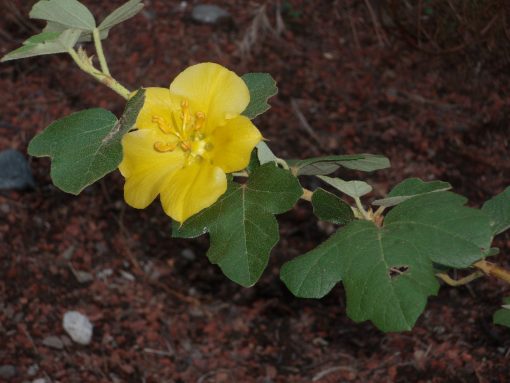
Plants have natural systems that respond to heat problems. Plants can cool themselves by pumping water out through the leaves for a kind of swamp cooler effect. They can also make ?heat-shock? proteins which reduces problems from over heating. All these strategies can take resources away from a plant?s other needs like growth, flowering and fruiting.
So how much water do different types of plants need during the heat of summer?
Be sure that you water trees and shrubs deeply checking soil moisture first with a trowel. Established small to medium shrubs should be watered when the top 3-6″ is dry, large shrubs and trees when the top 6-12″ is dry.
As a rule of thumb, trees and large shrubs need deep but infrequent watering. They should be on a separate valve than your smaller shrubs and perennials. Water ornamental trees 1-3 times per month depending on the type and soil. Tree roots grow 12-36? deep and require 10 gallons of water per inch of trunk diameter.
Apply water with a soaker hose, drip system emitters or hand held hose with shut off and soft spray attachment according to your water district?s restrictions. Don?t dig holes in the ground in an effort to water deeply. This dries out roots even more. Be sure to water the root zone to the indicated root depth every time you water. Watering deeper than the root zone only means you are wasting water. You can test how deep you watered by pushing a thin, smooth rod into the ground soon after you irrigate. The soil probe should easily slide through the wet soil but become difficult to push when reaching dry soil.
The roots of smaller shrubs are 12-24? deep in the soil. Established native shrubs may need only monthly waterings to keep them looking their best while other shrubs may need watering every 7-10 days during the heat of the summer. Perennial roots only go down 12? or so and may need watering once or twice a week depending on type.
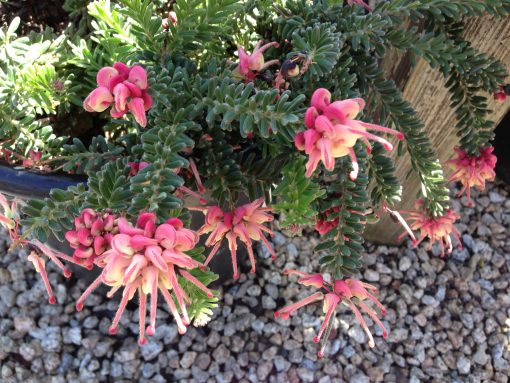
When is the best time to water? Watering in the morning is the most efficient whether you water by sprinkler, drip system, soaker hose or by hand. The water soaks deep in the soil without risk of evaporation. It bolsters the plant for the day and has dried from leaves by evening reducing the risk for foliar diseases like mildew. Plant roots are also more receptive to watering in the morning.
Is it true that water droplets will scorch leaves in the midday sun? According to a study, fuzzy-leaved plants hold water droplets above the leaf surface and act as a magnifying glass to the light beaming through them so there is a very slight chance of scorch. The study also reported that water droplets on smooth leaves, such as maples, cannot cause leaf burn, regardless of the time of day.

